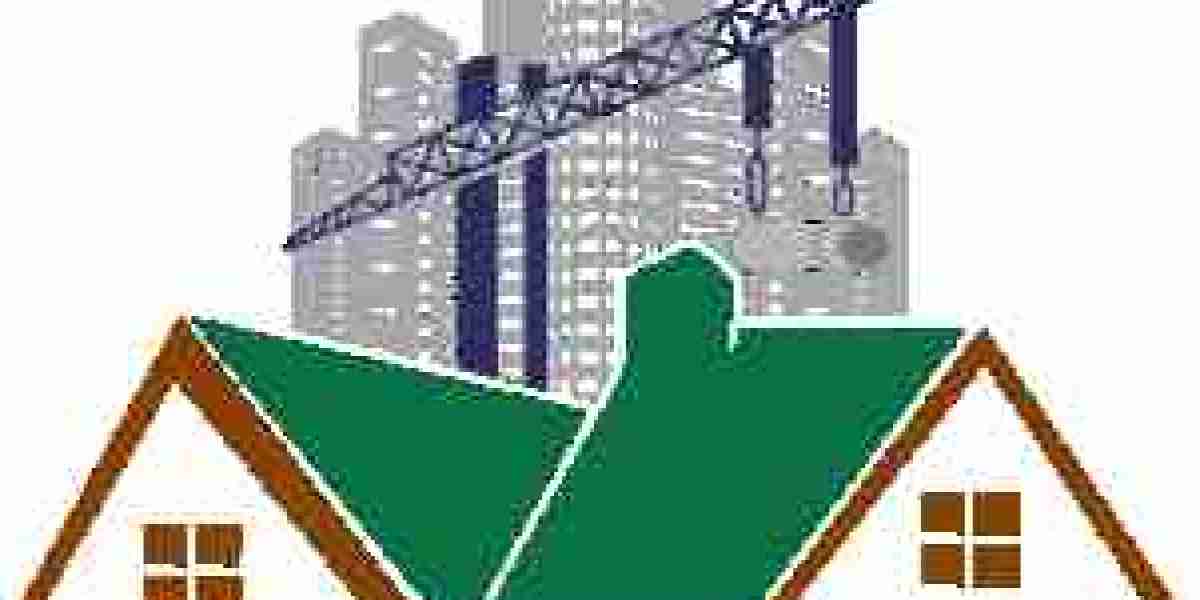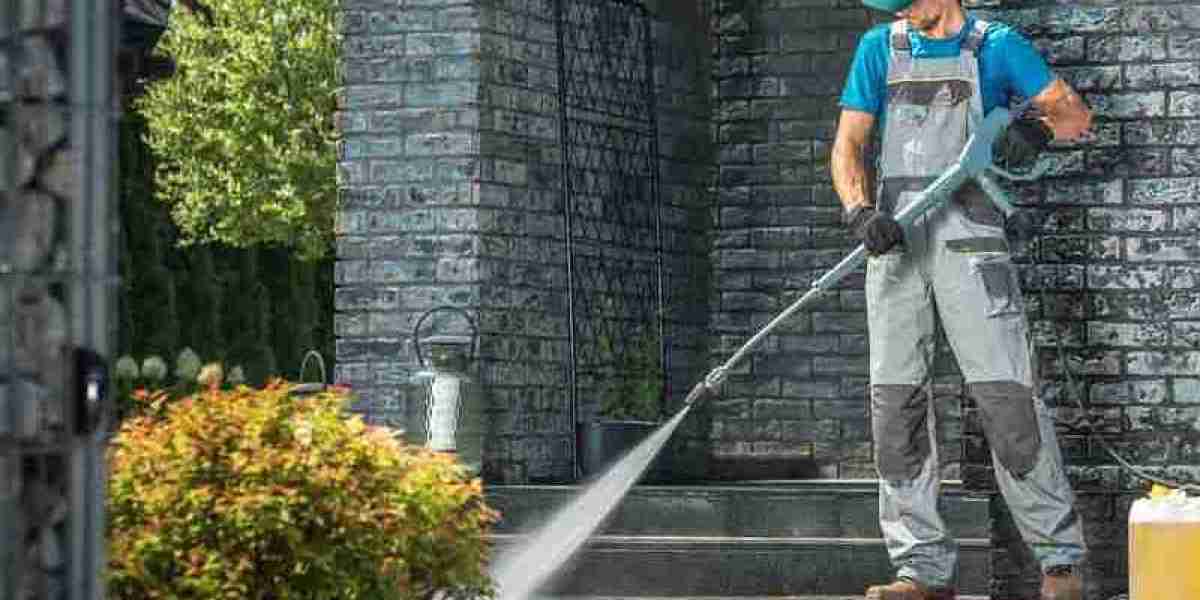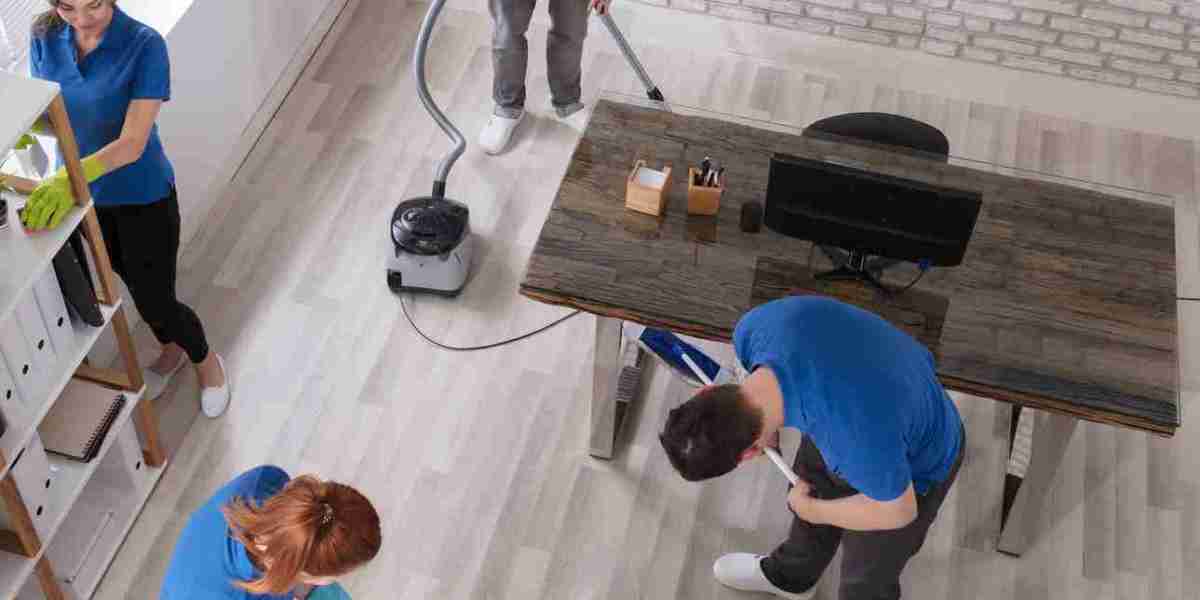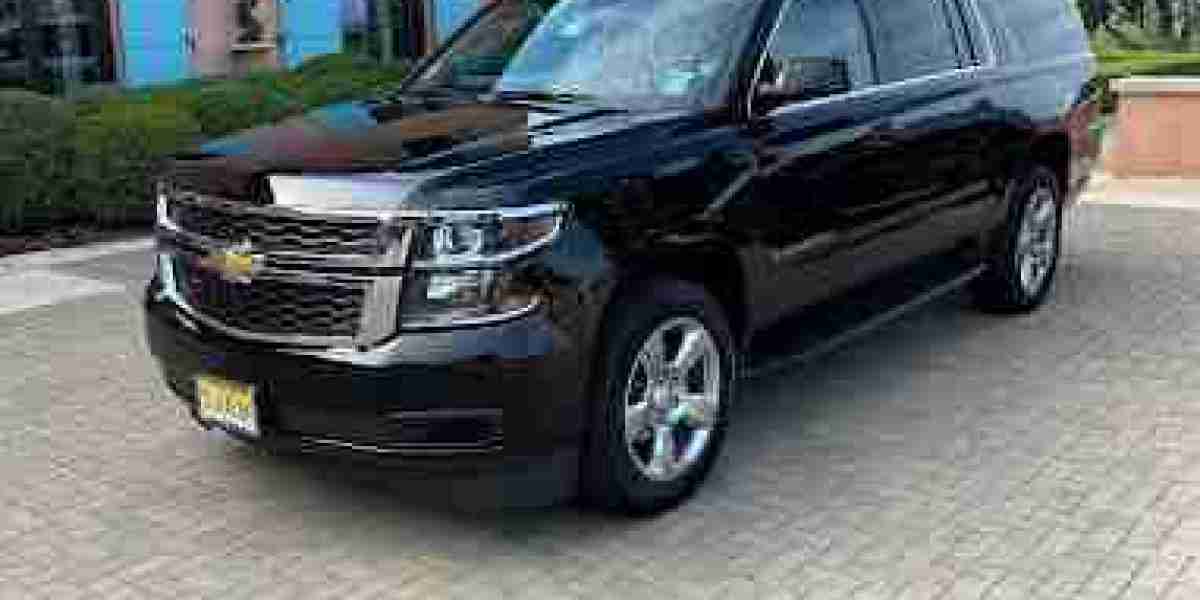Flat Roof vs. Sloped Roof: Which Is Best for Your Property?
Choosing the right roof type is a crucial decision for homeowners and business owners alike. The two most common options—flat roofs and sloped roofs—each have unique advantages and drawbacks. Whether you're building a new property or considering a roof replacement, understanding the differences can help you make an informed choice.
At GreenwoodGCNY, we specialize in both Residential and Commercial Roofing Solutions, ensuring durability, efficiency, and aesthetic appeal. In this guide, we’ll compare flat roofs vs. sloped roofs, helping you decide which is best for your property.
1. What Is a Flat Roof?
A flat roof has a nearly level surface (with a slight slope for drainage). These roofs are commonly used in commercial buildings, modern homes, and extensions.
Pros of Flat Roofs:
✔ More Usable Space – Ideal for rooftop gardens, HVAC units, or solar panels.
Easier & Faster Installation – Requires fewer materials, reducing labor costs.
Modern Aesthetic – Gives a sleek, contemporary look to buildings.
Easier Maintenance – No steep slopes make inspections and repairs safer.
Cons of Flat Roofs:
Drainage Issues – Poor installation can lead to water pooling and leaks.
Shorter Lifespan – Typically lasts 10-20 years, depending on materials.
Limited Material Options – Mostly uses EPDM, TPO, or modified bitumen.
If you need professional flat roof installation or repair, check out our roofing services for expert solutions.
2. What Is a Sloped Roof?
A sloped roof (or pitched roof) has a noticeable incline, commonly seen in traditional homes, cottages, and suburban buildings.
Pros of Sloped Roofs:
Better Drainage – Rain and snow slide off easily, reducing leaks.
Longer Lifespan – Can last 30-50+ years with proper maintenance.
More Material Choices – Options include asphalt shingles, metal, tile, or slate.
Enhanced Curb Appeal – Classic and versatile for various architectural styles.
Cons of Sloped Roofs:
Higher Installation Cost – More materials and labor required.
Harder Maintenance – Steep slopes make inspections risky without professionals.
Less Usable Space – Not ideal for rooftop installations.
For sloped roof repairs or replacements, our team at GreenwoodGCNY ensures top-quality workmanship.
3. Key Factors to Consider When Choosing
A. Climate & Weather Resistance
Flat roofs work well in dry climates but may struggle with heavy snow.
Sloped roofs are better for rainy or snowy regions (e.g., New York winters).
B. Cost & Budget
Flat roofs are cheaper upfront but may need more frequent repairs.
Sloped roofs cost more initially but last longer.
C. Property Type & Aesthetics
Commercial buildings often use flat roofs for practical space usage.
Residential homes usually prefer sloped roofs for traditional charm.
D. Maintenance Needs
Flat roofs require regular inspections to prevent water damage.
Sloped roofs need gutter cleaning and shingle checks.
➡ Unsure which roof suits your property? Get a free consultation from our Greenwoodgcny For Roof Mantainance Services.
4. Which Roof Is Best for You?
| Feature | Flat Roof | Sloped Roof |
|---|---|---|
| Cost | Lower upfront | Higher initial cost |
| Lifespan | 10-20 years | 30-50+ years |
| Maintenance | More frequent | Less frequent |
| Drainage | Requires proper slope | Naturally better |
| Aesthetics | Modern | Traditional |
Best for Flat Roofs:
Commercial buildings
Modern home designs
Rooftop utility spaces
Best for Sloped Roofs:
Residential homes
Snowy/rainy climates
Long-term durability
5. Need Professional Roofing Help?
At GreenwoodGCNY, we provide:
✔ Expert roof installations & replacements
✔ Storm damage repairs
✔ Preventive maintenance inspections








